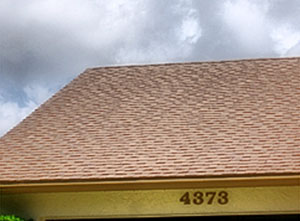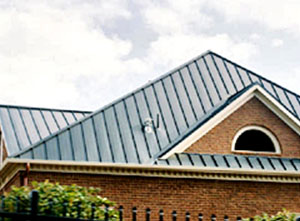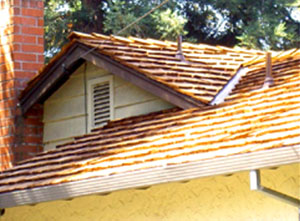Are All Roofs Created Equal
As we enter another summer in South Florida, 2 things seem to come to mind for Homeowners: “Rainy” Season and “Hurricane” season. The latter being fueled by media reporting and the expert’s predictions on the quantity and severity of the impending storm season. Many homeowners may begin to get that knot in their stomach wondering if their home is prepared to take on some of Mother Nature’s wrath. Of course, one of the most significant areas of the home that keeps our personal belongings, furnishings, life collections, and most importantly; our families…safe is the roof covering on our home. At this time of year, many homeowners choose to hire a contractor to either perform repairs to their roof or completely replace the roof on their home. So many questions arise, with the most important one being: Are all roofs created equal?





